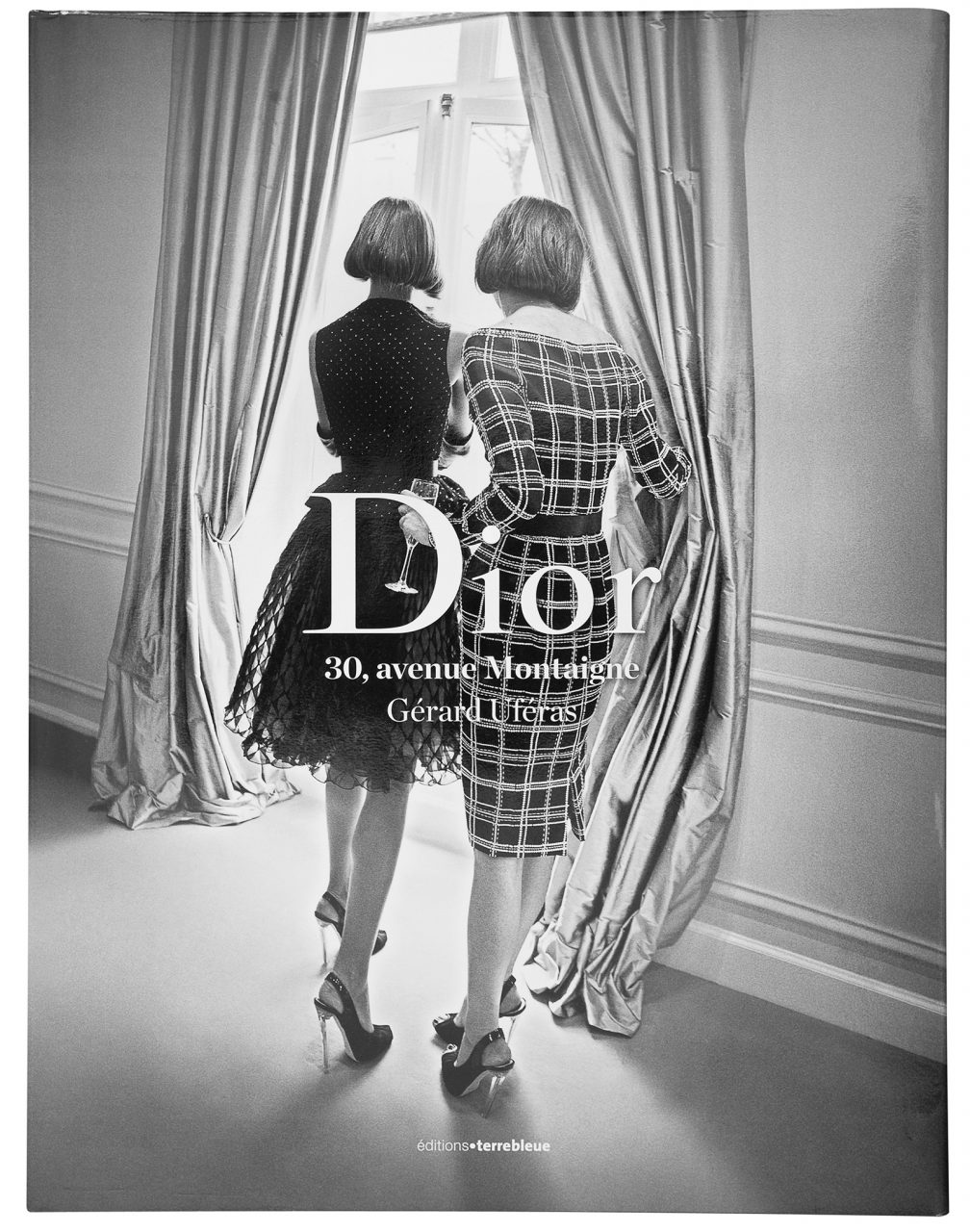The photobook Dior 30, avenue Montaigne by Gérard Uféras, portrays a single haute-couture Christian Dior collection (Spring / Summer 2012) from initial sketch to the opulent final catwalk show.
Uféras had long contemplated the idea of documenting the craftsmanship behind the scenes of an haute-couture collection. He had covered fashion for Parisian newspaper Libération, where he began his career, shooting catwalk shows for more than two decades.
During the making of the book, the winner in the ‘Book publishing: hardback’ category of the Fedrigoni TOP Awards 2013, Uféras had unlimited access to Dior’s avenue Montaigne headquarters for three months, the time it takes to create a collection.
Dior’s six-storey building encompasses the creative studio, workrooms, showrooms, private salons and boutiques. Unusually, the catwalk show for this collection took place here, too.
‘It was a huge undertaking,’ says Uféras. ‘I wanted to capture the spirit of the workrooms as laboratories of creation. I used panoramic shots to show their breadth. The toile [the white canvas prototype of the final design] travels from the first workstation through to the last in its metamorphosis into the finished model. I shot the workrooms at night. They were totally deserted at the beginning of the project, hives of activity as the show date drew nearer.






‘It is an entirely monochrome universe. The employees wear white coats and work with white toiles on white tabletops. When the toile is replaced by the coloured fabric, the collection starts to come to life. This is why I shot in black and white at the start of the book. Colour only appears towards the end when the final creation is revealed, as with the haute-couture creative process.’
Two unplanned series of photographs came about when his attention was drawn to the tools of the haute-couture trade. ‘I noticed that each worker has their own, individual thimble. I didn’t know that thimbles even existed, or that there could be so many designs! This led to the thimble “portraits”, which led me in turn to create another series, the sewing kits, lovingly personalised by their owners.’
Art direction was by République in Paris, using two Fedrigoni papers: Symbol Matt Plus for the photographic reportage in black and white (printed duotone for added depth) and in colour; and Stucco Tintoretto 150gsm for the four-colour thimble and sewing kit series. ‘The papers have a beautiful grain that’s slightly rough to the touch, but unlike most grained papers, they don’t “drink” the inks,’ says the book’s art director. ‘The reproductions in the book are faithful renditions of Uféras’s original photographs. Integrating the fold-out panoramic pages was a challenge as they had to appear in chronological order, which was not necessarily the easiest fit for binding.’
‘I didn’t change anything about my approach for this project,’ says Uféras. ‘Structure is an essential part of the composition of my photographs. I felt a great empathy with Christian Dior in carrying out this project. After all, I’d been invited to spent three months as a guest in his house!’



